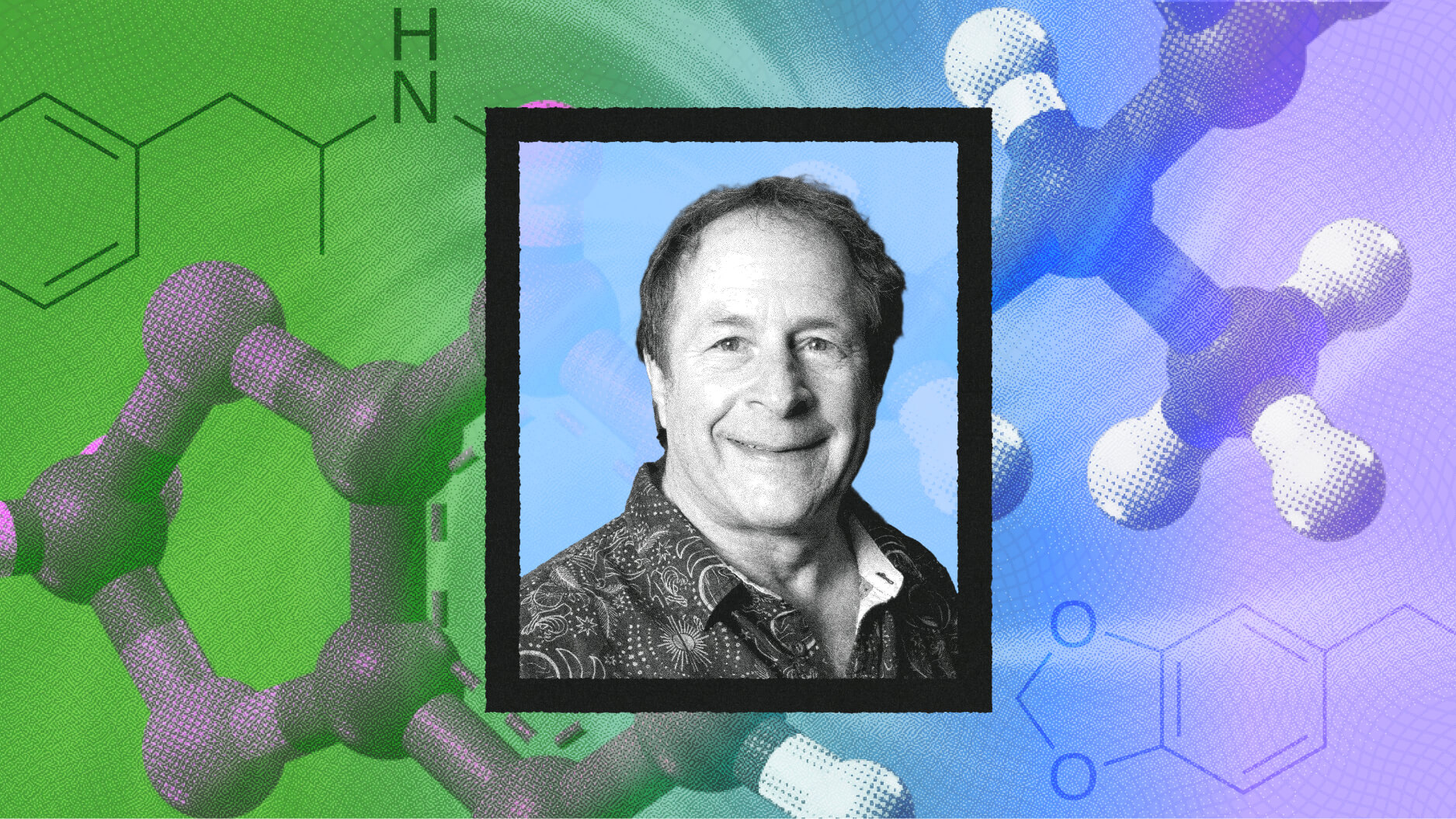Waste water is stigmatized, but it can actually be purified beyond the quality needed for drinking water. This makes it a viable solution to increasing water demands.
Question: What is a solution to meeting water demands?
Jeffrey Fulgham: The future really is, one of the major solutions for our future water challenge is going to be reuse of water. And, you know, there’s often a negative connotation to that, people think, oh, toilet to tap, we’ve heard flush to brush, shower to flower, so a lot of different thoughts. But really, the beauty of waste water reuse is we can actually purify that waste water way beyond the quality needed for drinking water. And in fact, it’s a nice, consistent, high quality water. You know, people don’t have much issue with desalination, to be able to take seawater and make drinking water and actually waste water is much easier to treat than seawater.
But independent of that, that negative reaction to waster water reuse, if you think about it, 90% of the world’s water is not used for human consumption, or for domestic use. So we’ve got a great opportunity to treat and reuse our waste water for agriculture irrigation, for industrial uses, for a lot of other uses before we ever get to the point where we have to use it for, you know, direct potable water reuse. So today we see a lot of adaptation of reuse water to take the load off of streams and rivers and fresh water supplies, to be used in industrial plants.
Question: What is ‘waste to value’?
Jeffrey Fulgham: Another great area related to water reuse is this idea of waste to value. How you take a waste stream, don’t look at that as a liability any more. There’s a lot of goodies in waste water, for instance. In a municipal waste water system, tremendous amount of carbon content, which you can convert to energy. So this idea of having a waste water plant that is carbon neutral or actually generates, you know, more power than it consumes, a tremendous opportunity. Phosphorous is a dwindling resource, globally, yet there’s a phosphorous in waste streams. So there’s some cool technologies coming out that are going to be able to selectively remove things like phosphate or metals like copper, from a waste stream and be able to process those into a finished product. So we need to stop thinking about a waste water stream as pure waste and look at that as an asset. Not unlike we’ve been looking at, you know, if you think about recycled aluminum and plastic and all that used to be a pure waste stream, that’s now raw material for other processes. So waste water in the future will be a raw material for many processes.
Image courtesy of Flickr user Tom Raftery.





